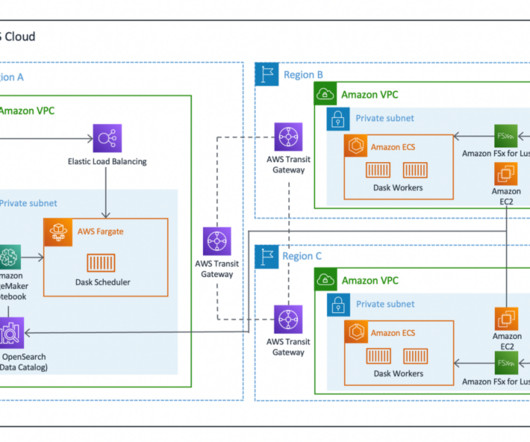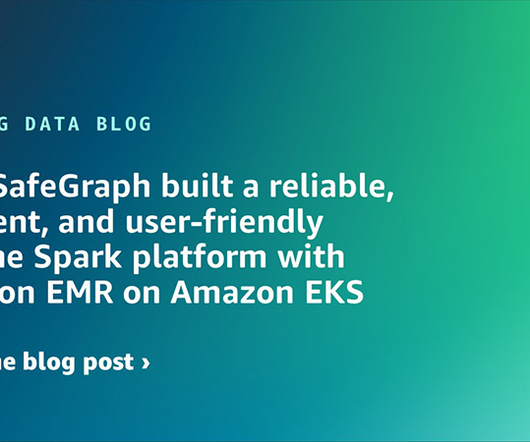Bio digital twins and the future of health innovation
CIO Business Intelligence
FEBRUARY 28, 2024
Healthcare technology innovation is poised to revolutionize the medical landscape. At the forefront of this transformation lies biological digital twin (bio digital twin) technology. Essentially, the technology involves the replication of the human body in software models.














Let's personalize your content